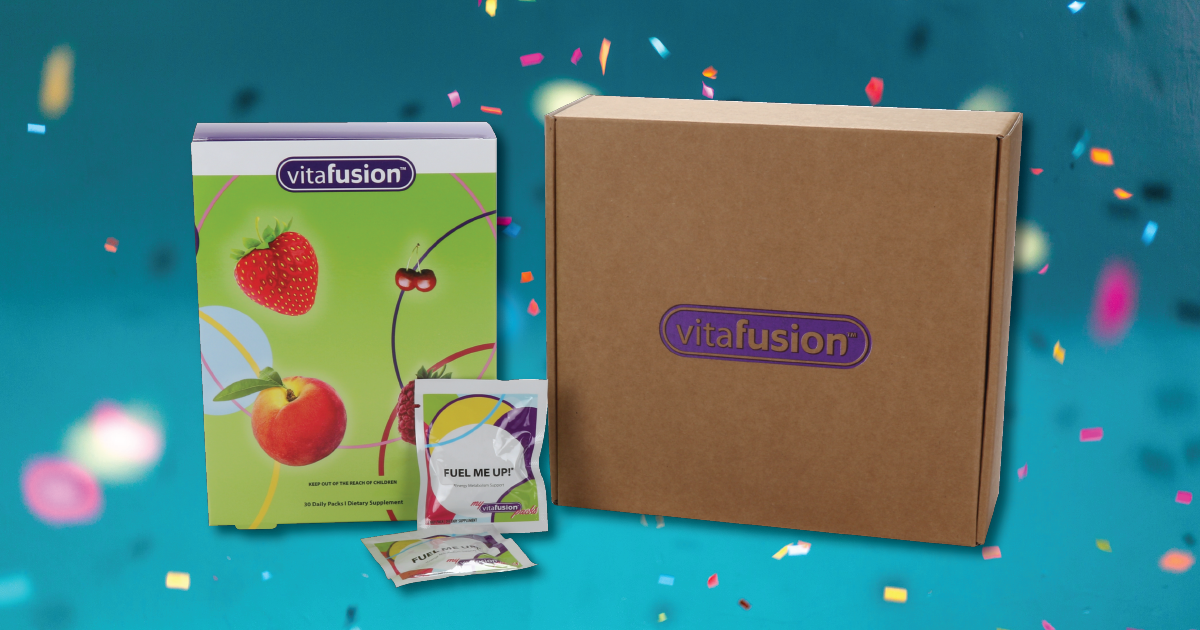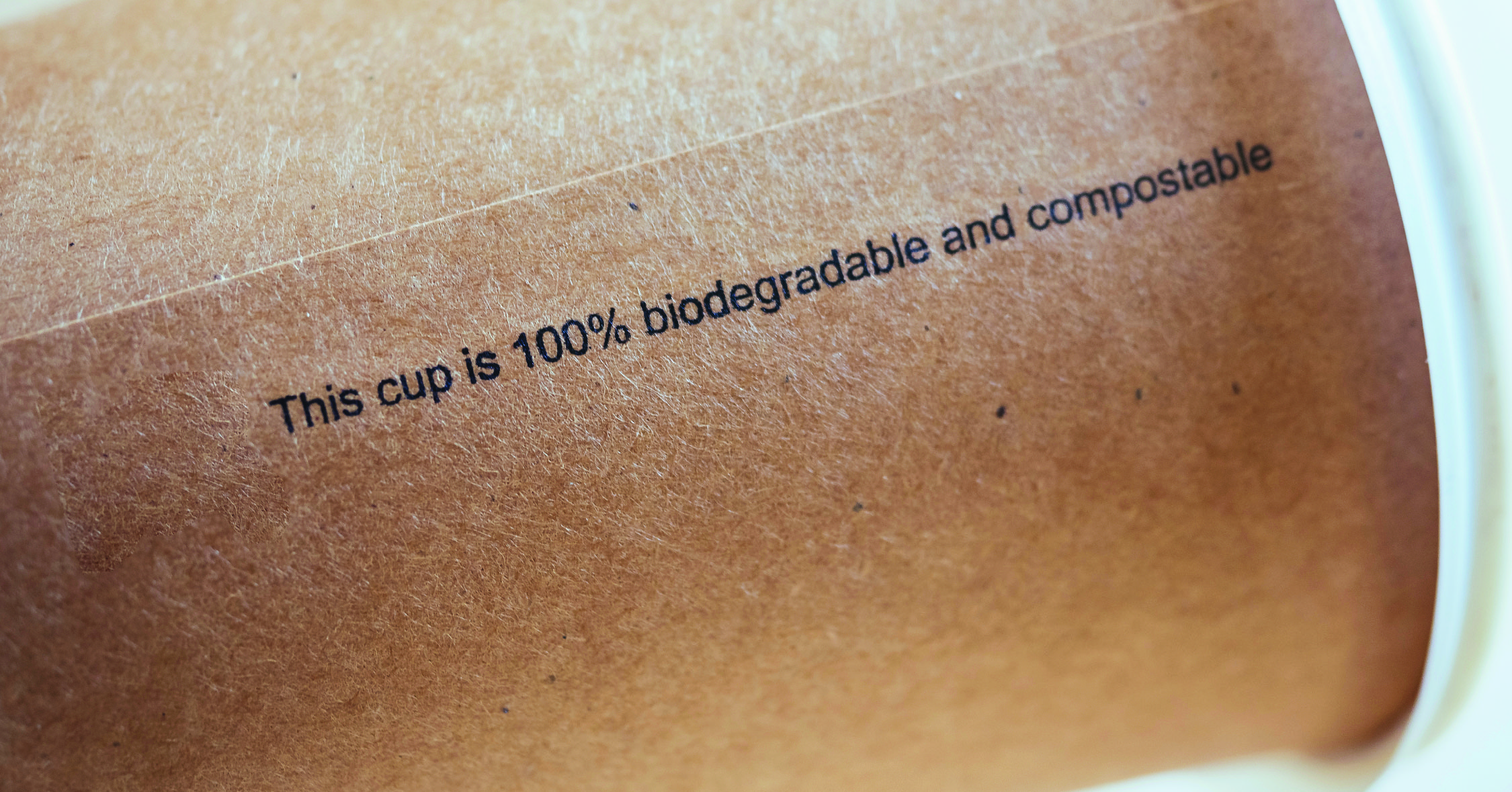The purpose of this inter-networking of “smart devices” collecting and exchanging data is to reduce waste and help increase efficiencies. With advancement in technology and affordability, more everyday objects will be able to interconnect creating a network of household items that can amass and exchange data. Transforming person to person, or, person to object relationships, into a device-to-device merger.
In the packaging sector, the IoT is a new space for brands and marketing professionals to explore and create a new and improved consumer experience. Internet-enabled systems bring a new level of flexibility, performance, and cost advantages to processing and packaging facilities throughout the supply chain.
Vice president of sustainability and stakeholder relations for Americas for Asia Pulp & Paper, Ian Lifshitz, has stated that there are 4 areas where smart packaging excels at providing a service to the consumer: Content, Replenishment, Expiration and Authentication. Examples include the following:
- With the swipe of a smartphone over the embedded technology, consumers can gain access to additional content about the product or ways to use it enhancing their experience.
- When product is low, consumers can scan the packaging with their smart phone and re-order immediately on an ecommerce application.
- With one tap of a smart phone, consumers can gain alerts about the product including expiration dates. By alerting the consumer that the product is about to expire they can avoid waste and be prompted to use the product.
- Smart labels can help consumers authenticate their product and ensure it hasn’t been tampered with.
Choosing the right technology is crucial to a successfully designed smart package and has been made easier with the advancement in both smart labels and printed electronics technology. In a previous blog post, Providing a Link Between the Consumer and Your Brand, we talked about NFC technology and the advantages of incorporating it into packaging. In addition to NFC, there is a variety of other technologies available to help connect your packaging to a smart device.
Sun Chemical has partnered with T+Ink to form T+Sun which supports the Touchcode
technology. Using conductive ink an invisible code is printed on paper, cardboard,
film or label material. When the ink encounters the touch screen of a smart device,
it reads the code and opens a Touchcode enabled app or website on the screen.
The advantages of using this technology include:
- Can use current printing process to add technology
- Ingredients are sustainable and don’t impact the recycling stream
- Security features prevent wireless signal interception making it impossible to duplicate.
- Internet connectivity can be easily gained by placing the touchscreen of any smart device over the T+Sun Touchcode.
Kurz offers TRUSTCONCEPT® a combination of their TRUSTSEAL® security foil technology with TRUSTCODE® software.
By holding a smart device over the TRUSTSEAL® label consumers can access encrypted information through an app which can be individualized to the brand owner’s needs or which even exists. this information can provide verification of the product along with additional information to enhance the consumer experience.
In February of 2017 at the Tax Stamps Forum in Berlin, Kurz was recognized with the Excellence in Tax Stamps Award for “Best Innovation” for their modular TRUSTCONCEPT® Tax Stamps. Tax Stamps are adhesive labels applied to taxable items, such as alcohol and tobacco, to demonstrate that taxes have been paid. The winning TRUSTCONCEPT® technology included the TRUSTSEAL® as well as a serialization, an encrypted QR-Code and further security elements which could then be scanned and evaluated with the Tax Stamp App, providing verification, additional information and track-and-trace functions all in one database.
To learn more about working with Haney and smart technology featured in the VIA Alliance™ material library, contact Haney at: hello@haneypkg.com





